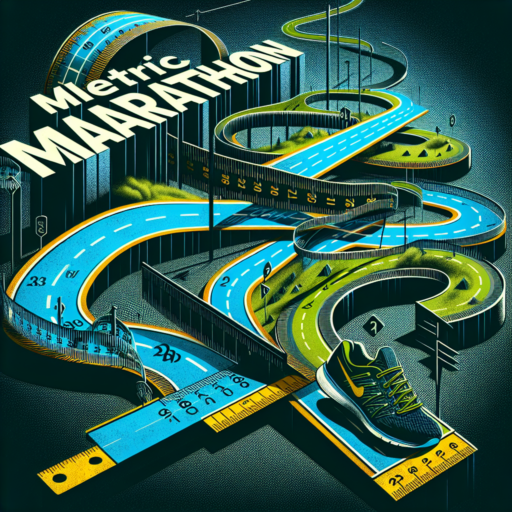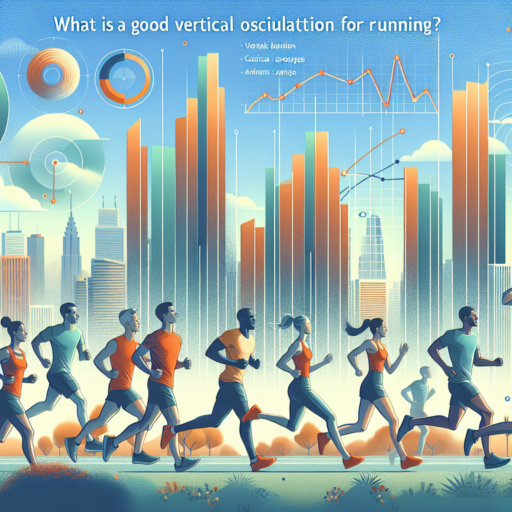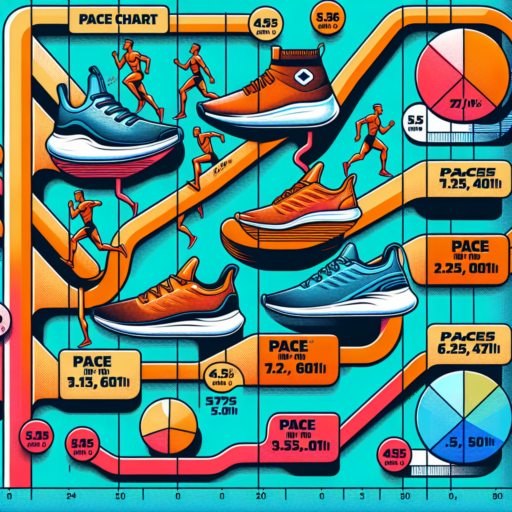What is the metric marathon?
Often overshadowed by its more renowned counterpart, the traditional marathon, the metric marathon represents an intriguing variation within the running community. This unique race distance is not merely a novel concept but a challenge that bridges the gap between the half-marathon and the full marathon.
The metric marathon measures exactly 26.2 kilometers, making it a significant stretch longer than a half-marathon yet shorter than the customary marathon length of 42.195 kilometers. This specific distance appeals to runners looking for something out of the ordinary or aiming to incrementally increase their race distance in preparation for a full marathon.
In terms of training and preparation, the approach to a metric marathon differs slightly from other races. Runners often tailor their regimen to accommodate the unique challenges posed by the 26.2-kilometer distance. They focus on building endurance and speed that can sustain them through more than 26 kilometers of the race, blending elements from half-marathon and marathon training programs.
How to measure a marathon?
Measuring a marathon involves precision and adherence to international standards to ensure that every runner covers the exact distance of 42.195 kilometers or 26.2 miles. The process of measuring a marathon is both an art and a science, involving sophisticated tools and experienced measurers. In this context, understanding the intricacies of marathon measurement is crucial for race organizers, athletes, and enthusiasts alike.
Official Guidelines and Certification: The International Association of Athletics Federations (IAAF) and the Association of International Marathons and Distance Races (AIMS) provide stringent guidelines for measuring marathon courses. These guidelines ensure that the course is not short of the official distance. Measurers often calculate the Shortest Possible Route (SPR) that a runner can take, ensuring that the measurement adds a small factor for error, known as the «calibration factor,» to guarantee the course is accurately measured.
Tools Used for Measurement
The primary tool used for measuring a marathon course is a Jones Counter, a precise instrument attached to the wheel of a bicycle. Measurers cycle the route, taking painstaking efforts to follow the SPR and record the distance. This method is supplemented with Global Positioning System (GPS) devices for initial assessments and mapping but relies heavily on the more accurate Jones Counter for official measurements.
Verification and Recertification: Beyond the initial measurement, marathons often undergo a verification process, sometimes including a pre-race or post-race remeasurement. Additionally, courses must be remeasured and recertified every 5 to 10 years or if any changes to the route occur. This ensures that the marathon’s standard of accuracy is upheld, affirming the integrity of the race and the achievements of its participants.
No se han encontrado productos.
What is marathon in kilometers?
Understanding the specific distance of a marathon is crucial for both seasoned athletes and those new to distance running. The exact length of a marathon is standardized globally to ensure uniformity in competitions and races. This standardized measurement plays a vital role in training regimens, race planning, and setting personal milestones for runners around the world.
In kilometers, a marathon spans a precise distance that might seem daunting to many. This length is not randomly chosen but is deeply rooted in historical events and has evolved to become a benchmark in endurance running. The standard marathon distance helps in categorizing running events and sets a clear goal for participants aiming to conquer this formidable challenge.
Moreover, the marathon’s specific distance in kilometers has implications beyond personal achievement. It influences aspects of race organization, from course design to hydration station placement, and even impacts the strategies employed by elite runners aiming for record-breaking performances. Understanding this distance is the first step in appreciating the complexity and allure of marathon running.
What unit is most appropriate to measure the length of a marathon?
When it comes to marathon races, precision in measuring the distance is critical for the organizers, participants, and the official records. A marathon’s length, set at a standard of 42.195 kilometers, demands using the most appropriate unit of measurement that balances traditional athletics standards and universal understandability. The question then arises: What unit is most appropriate to measure the length of a marathon?
The metric system, particularly the kilometer, has emerged as the global standard for race distances, including marathons. This system, adopted by the International System of Units (SI), offers a universal language for comparing performances and ensuring accuracy across international competitions. Measuring a marathon in kilometers enables a clear, straightforward designation of its official distance, avoiding the confusion and conversion errors that may occur with other units.
Moreover, the kilometer is the preferred unit due to its convenience for runners in pacing and strategy development. Runners often plan their race strategies based on kilometer markers, using these increments to gauge their pace, manage their effort, and negotiate the course. This unit’s popularity and practicality extend beyond elite competitions, benefiting recreational runners and event organizers alike.




